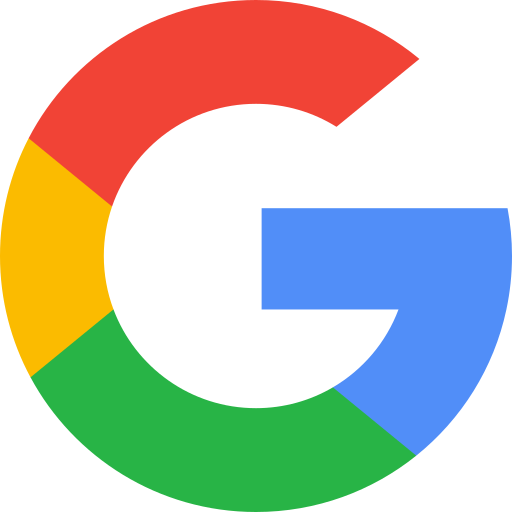Can You Copyright AI Work? The Rules Are Changing
Artificial intelligence is changing how creatives and companies produce content. From comic books to company logos, AI tools make it easier than ever to generate visual work. But the legal system is now facing a critical question: Can a machine-generated image be copyrighted?
The answer matters for artists, designers, marketers, and business owners. A recent case involving the comic book Zarya of the Dawn highlights how copyright law is struggling to keep pace with technology.
The Story
In 2022, Kristina Kashtanova submitted a comic book titled Zarya of the Dawn to the United States Copyright Office for copyright registration. Zarya of the Dawn is the story of a young girl abandoned in New York City.
Ms. Kashtanova received her copyright registration September of 2022. Less than a month later, the copyright office notified Kashtanova of the registration’s cancellation based on Kashtanova’s use of AI tools to generate images for her comic book.
Origins and Legal Framework
The authority to grant or deny copyright comes from the U.S. Constitution:
Article 1, Section 8, Clause B gives Congress the authority to grant or deny a copyright “to promote the Progress of Science and useful Arts, by securing for limited Times to Authors and Inventors the exclusive Right to their respective Writings and Discoveries.”
For a work to be copyrightable or protected under copyright law, it must be original and created by a human author. In cancelling Kashtanova’s copyright, the Copyright Office deemed the AI generated artwork of Zarya of the Dawn lacked the human authorship element necessary for protection.
United States Patent and Trademark Office’s 2025 Findings on AI-Generated Work
In January 2025, the United States Patent and Trademark Office (USPTO) issued part two of a report on the copyrightability of AI generated images to, in part, address the questions raised in Kashtanova’s creation of Zaraya of the Dawn. More specifically, how is a human creating the prompts for the AI generated images different than other artists’ use of equipment, including a photographer’s use of a camera.
Noting the Professional Photographers of America’s reference to AI systems as “black boxes,” the USPTO provided guidance on the distinction. Many AI designers acknowledge a lack of complete understanding or ability to describe how the system arrives from prompt to product. The designers built the system and started the program, but as the algorithm matures, the system may rework parts of its code to improve itself. Thus, in contrast to a photographer who understands the inner workings of the camera and how each setting affects the final product, the AI designers may not understand the steps the system utilized or changed to create the image.
Although Kashtanova “created” the prompts that resulted in the images, without the ability to alter how the image is created, Kashtanova’s actions were akin to describing an idea to a writer or artist. The Supreme Court’s definition of original work created by the author would not include a person’s work created by “describing a story concept.”
Business Implications
Many companies hire marketing firms and graphic designers to create company logos. Designers often use information about the company to create prompts for an AI-generated logo. Although the company hired a graphic designer to create the logo, the designer’s use of AI tools may prevent the company’s ability to protect or copyright its new logo.
When can artists or other creatives use AI in their craft? The USPTO details two uses that may allow the protection of some work created with AI assistance:
- Human authored work input into an AI in which the AI modifies the work;
- The AI-generated content is the initial product that is sufficiently modified to reflect the creator’s vision.
The Outcome for Kashtanova
The clear problem is its obvious subjectivity. The USPTO has not provided guidance on how much an AI can modify an author’s work or how modification is sufficient to warrant protection. As for Kashtanova, the text of Zarya of the Dawn and the arrangement of the images are protected. The images themselves, however, are not.
Protecting Your Work
Rosenblatt Law Firm helps businesses, artists, and entrepreneurs navigate the evolving intersection of creativity and technology. If you would like to discuss protecting your AI, human, or other created works, schedule a free consultation at (210) 562-2900.




